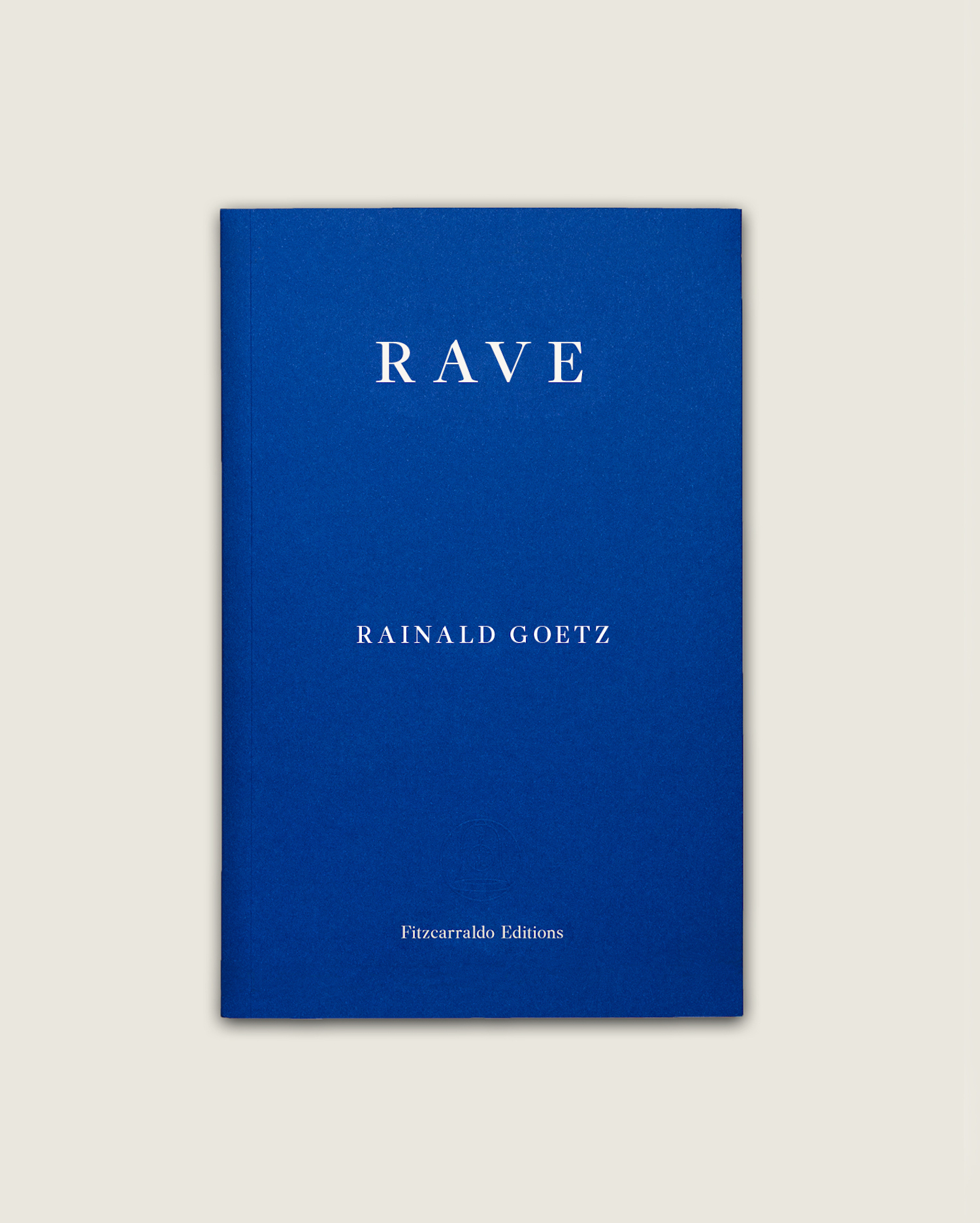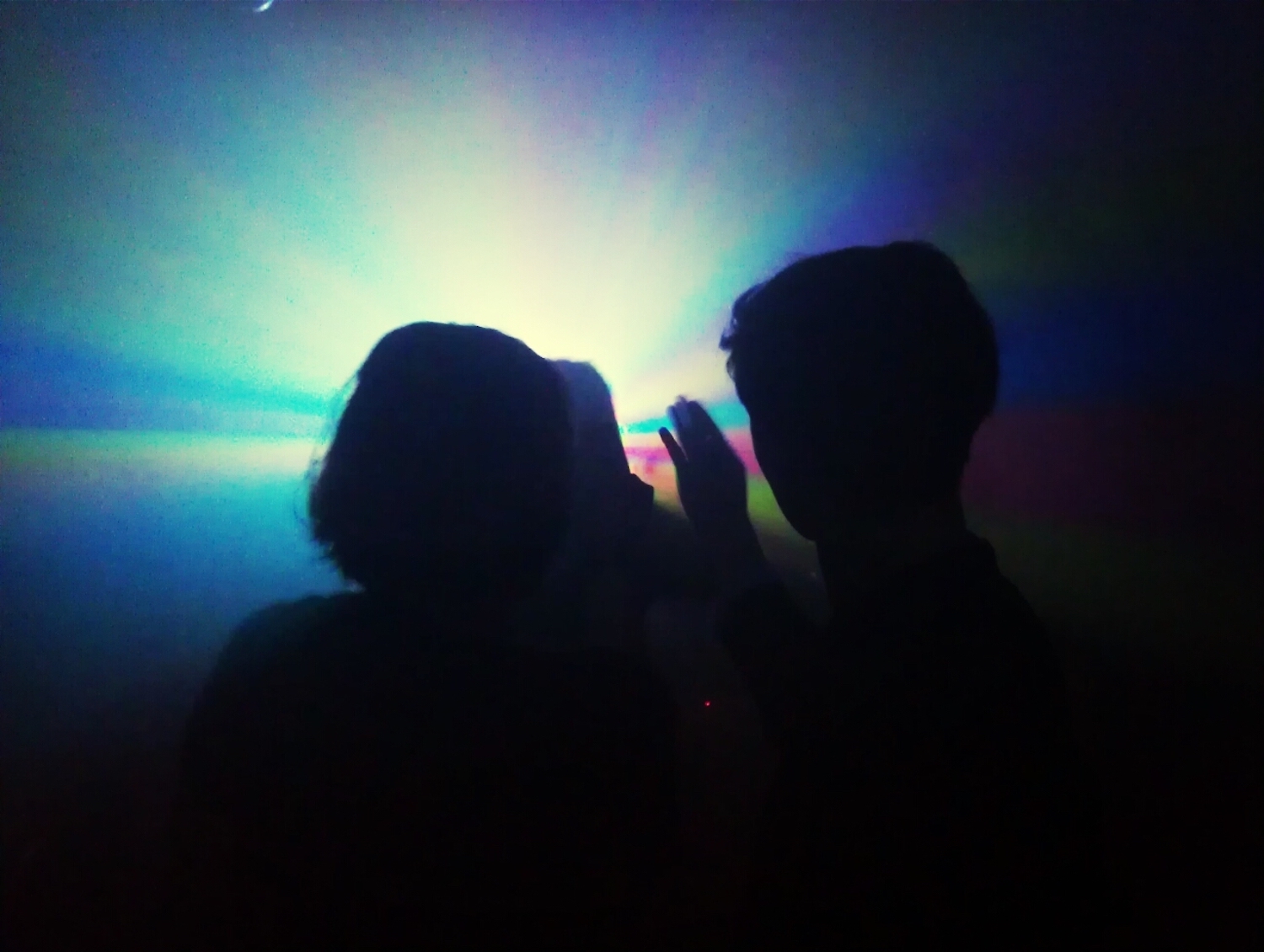Early on in Rave, Rainald Goetz’s 1998 novel about Germany’s love affair with techno, Goetz’s protagonist — also named Rainald — is wandering about a massive underground party with “sixteenth notes popping superlight in [his] fingertips.” But he’s not dancing yet; he’s following a friend, who’s leading him “through the fog” past a thicket of “dense ferns”. Eventually they find the bar and — bam! — there’s everyone they know. “Only after the first three, four beers does a mass of life like this start shifting back… in this way… in this concentrated and complicitly coded form,” Goetz writes, watching his friends take the dance floor. “Being constantly torn apart, broken, negated by something.” There it is, that feeling we cannot quite find attending Club Quarantine on Zoom: that lovely and total loss of self that comes only from dancing with friends.
With nightclubs still shuttered in most places, illegal raves have been cropping up in cities from London to Berlin and New York, eliciting comparisons to the underground party culture of the 90s. All of this makes Fitzcarraldo Editions’ newly released English translation of Rave seem rather fortuitous — the novel details this period, when Goetz’s native Germany, still high from reunification, became an undeniable mecca for seemingly endless dance parties. For Goetz, raving presented a literary opportunity as well as a lifestyle shift — his first novel, Insane, had more of a bad-boy punk feel to it, and he’d first rocketed to fame in 1983 after slicing his forehead open with a razor blade while reading onstage at a literary festival.
In 1991, after spending a year in London, Goetz returned to Munich and began hitting up clubs like Babalu and Ultraschall several nights a week; soon he began fantasising about creating a novelistic form that would not only encapsulate but also imitate the immediacy of the dancefloor, the flickering of a strobe light, the ‘cross-fades’ and ‘cuts’ made by DJs, and the fleeting but often hilarious conversations one has with passing acquaintances. (Crucially, this futuristic form simultaneously looks backwards in time, building upon the modernist pyrotechnics and tonal dissonance of Alfred Döblin’s 1929 epic Berlin Alexanderplatz.) With Rave, Goetz realised this goal, splicing fragments together to create an endless stream of micro-events: we learn that “the brown tablets apparently have heroin mixed in with them”; we watch “Desiree [root] around…the plush teddy bear Jana [is] sporting as a backpack”; we follow a lone cigarette as it exchanges hands, gets stuck behind an ear, falls to the ground, and gets picked up a few minutes later by another person.
Goetz positions himself as a techno disciple, an early worshiper of a genre and a subculture that was quickly embraced by Germans in their masses. But even though he is hypercritical of the propagandist elements of post-Berlin Wall Germany — “I can’t bear this Germany bullshit anymore,” he writes — he still revels in this utopian period of “eu(ro)phoria,” getting high off of the music, the mutating crowds, and — of course — the drugs. And while Goetz is more than willing to write about the commercialisation of rave culture — lampooning the techno-centric TV channel Viva and “pop-Left” journalists of the time like Diedrich Diederichsen — he seems so concerned with disparaging this inadequate music coverage that he fails to share much of his own knowledge. Goetz is so busy making his writing sound like techno that he forgets to write about how techno sounds.

This somewhat ahistorical bent makes Rave a confounding read in our own time. Any German DJ or producer worth their salt would be able to tell you that techno first originated in Detroit in the mid-80s, pioneered by Black producers like Juan Atkins, Derrick May, and Kevin Saunderson, who were sifting through their various sonic interests (Kraftwerk, disco, new wave, Prince, Funkadelic), mixing them up, and laying them over sounds made on newly available technologies like drum machines and synthesisers. May, who also emerged as Detroit techno’s resident philosopher, famously noted that “the music is just like Detroit: a complete mistake. It’s like George Clinton and Kraftwerk are stuck in an elevator with only a sequencer to keep them company.”
With this quote, we are able to begin understanding the sonic complexity that Goetz seems comfortable eliding in Rave. Kraftwerk’s “robot pop” already drew from Detroit Motown, so it only made sense that their own music traveled back across the Atlantic, helping Atkins, May, and Saunderson shape their still-unnamed brand of synthesizer funk and its accompanying Afrofuturist aesthetic.
For these three techno pioneers, whose fathers all worked in Detroit’s rapidly collapsing auto industry, the idea of “playing the robot” was by no means new — it was a response to an existing condition: American society already viewed them as cogs in the capitalist machine and had no qualms replacing them with actual robots. The resulting sound — what we now call techno — is, like the city that inspired it, neither utopian nor dystopian, and yet it is somehow both. It is a music that unabashedly confronts Detroit’s physical decay and fashions from it a futuristic shadow culture, a genre that looks both backwards and forwards, remaining moody but vibrant, alienating but captivating.
Given this pre-existing flow of communication, it makes sense that Detroit techno would catch on in a similarly post-industrial German city like Berlin, where derelict warehouses, factories, and department stores made ideal spaces for underground raves and above-the-board venues. But while Germany’s booming techno playground made room for Detroit innovators (both Juan Atkins and “second-wave” techno legend Jeff Mills were signed to extended residencies at Tresor in Berlin), this scene made a crucial misinterpretation of the music itself, latching onto its elation but missing its equally essential moodiness. Over time, this misinterpretation has gestated, producing a mainstream techno culture that completely ignores the genre’s Black origins. Despite Berlin’s liberated and inclusive reputation, numerous Black DJs, promoters, and ravers have been subject to overt acts of racism in recent years at some of the scene’s most symbolic venues.
Luckily, even despite COVID-19, we are living in a present-day techno renaissance, a time when collectives like Dweller, BUFU, and Discwoman are amplifying the work of Black and queer DJs and producers, and providing resources about techno’s indisputably Black history (check out Dweller’s excellent compilation of articles and documentaries here). Even though Rave might be an ideal read for those of us searching out the next underground party, it’s a strange fit for our period of political uprising and historical awareness. But maybe, just maybe, it will inspire someone to write a novel worthy of the present, a novel that can more fully investigate the way sounds can cross oceans, intersect, and create something new.


